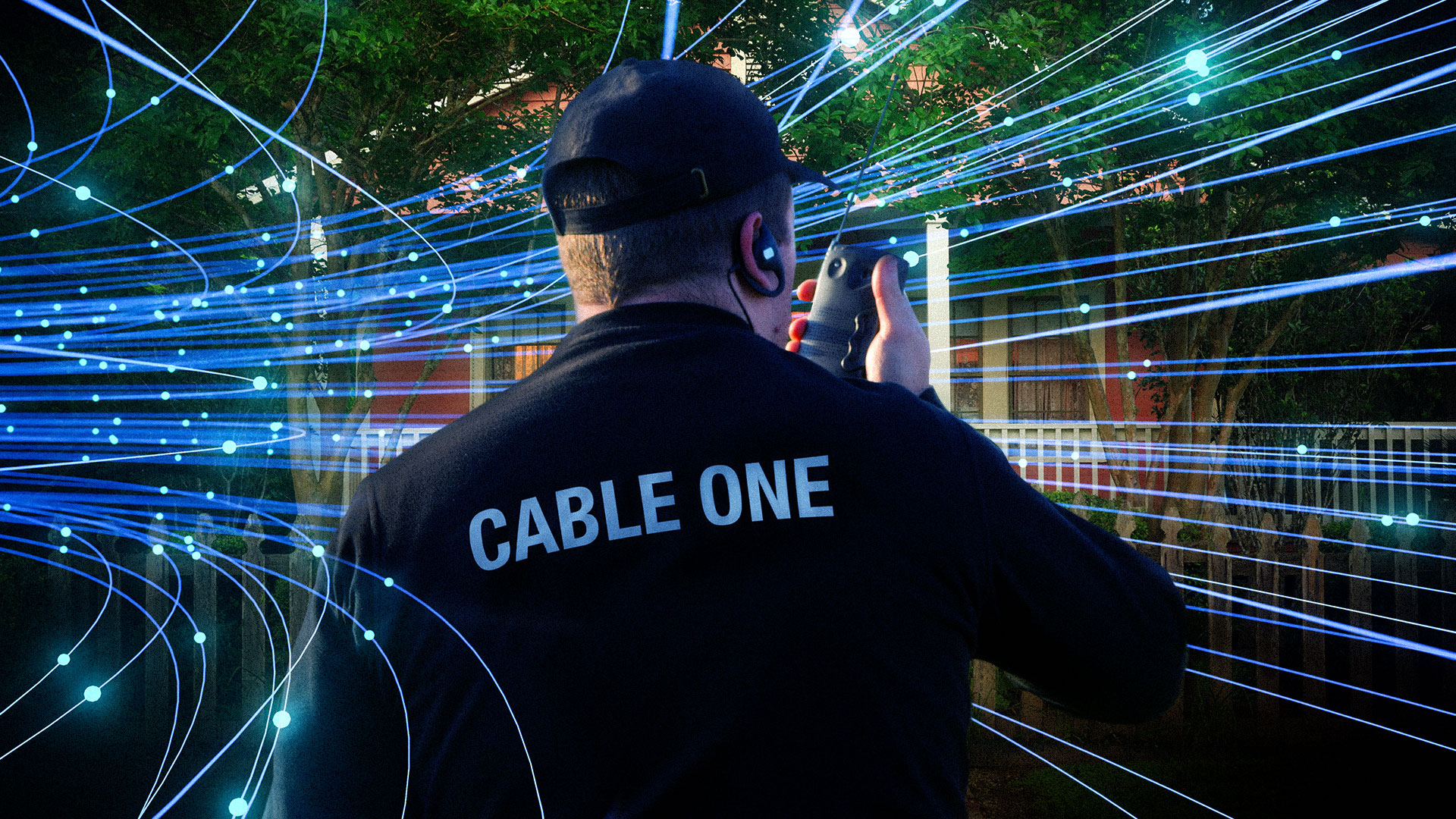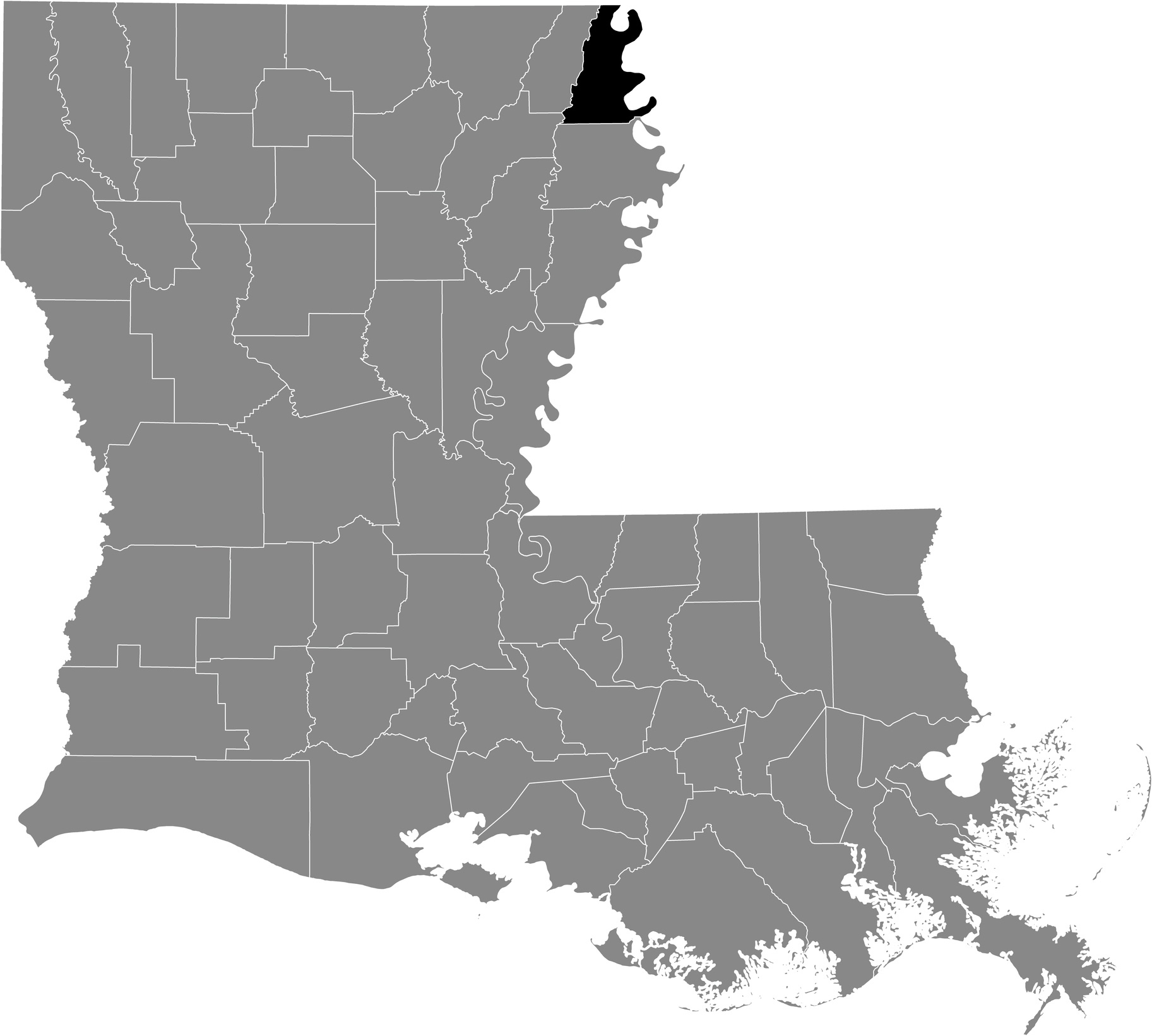On October 17, Jonathan Chambers received an email that wasn’t meant for him.
Chambers is one of the top executives at Conexon, a broadband company that has built and operates dozens of fiber networks in rural parts of America. Conexon recently won one of the Louisiana state government’s GUMBO grants to deploy fiber-to-the-home service in East Carroll Parish, where the poverty rate of 37.6 percent is over three times the national average.
“This isn’t our biggest project anywhere. But in many ways it’s our most important,” Chambers told Ars in a phone interview. Conexon primarily works with electric cooperatives, favoring a business model in which the local community owns the fiber network and Conexon operates it under a lease agreement.
But the East Carroll Parish grant—$4 million to serve over 2,500 households in an area that has been called one of the least connected in the state—is in limbo because of an eleventh-hour challenge from Cable One, a cable provider that offers services under its SparkLight brand name. Cable One plans to make similar challenges in other states; in fact, blocking government grants to other ISPs is one of Cable One’s top priorities, according to the accidental email received by Chambers.
“Challenging publicly funded overbuilds is becoming one of the most important tasks we do as a company,” Cable One Assistant General Counsel Patrick Caron wrote in the email.
“Overbuild” is a term cable and telecom companies use to describe what is more commonly known as “competition.” But in the case of East Carroll Parish, the grant was awarded because of evidence that homes in the area are unserved or underserved. US broadband maps are often inaccurate, but the existing data shows East Carroll Parish needs more and better broadband, Chambers said.
“My market is the places where nobody’s built networks. I’m not even trying to go into areas that are already served,” he said.



 Loading comments...
Loading comments...
